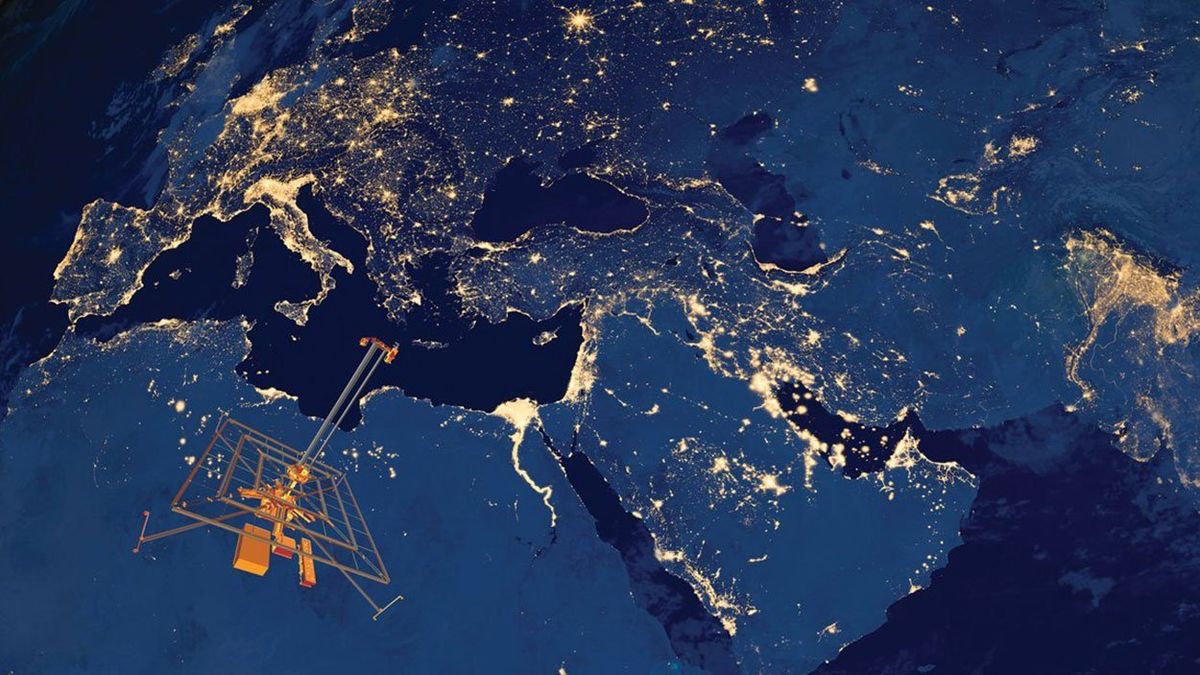Just in case you believed that companies announce some nano-related research for a bit of buzz and then abandon the research, I am here to tell you that is not always the case. Back in March, I covered Santa Barbara, Calif.-based Hypersolar’s grand proposal for producing hydrogen gas in a zero-carbon process from wastewater.
To Hypersolar’s credit they have decided to chronicle their achievements (and perhaps failures) in a development process in which there are no guarantees of success. In the video below, Tim Young, CEO of HyperSolar, narrates a proof of concept prototype that demonstrates the effectiveness of the process. As Young explains, an inexpensive plastic baggy was filled with wastewater from a paper mill and on the bottom of the baggy is a small-scale solar device that is protected with Hypersolar’s polymer coating. Add sunlight, and hydrogen comes bubbling up.
“A big hurdle in using a solar to fuel conversion process is the stabilization of the semiconductor material against photocorrosion,” explains Young in a company press release announcing the development. “Our development of an efficient and low cost protective polymer coating that also allows good electrical conductivity is a significant achievement in our development of a cost effective means for using the power of the Sun to extract renewable hydrogen from water.”
Young suggests in the video that the small-scale solar device used in the prototype will be replaced with Hypersolar’s nanoparticles, which can be mass-produced and lead to large-scale production of hydrogen gas.
“The implications of our technology may be world changing,” claims Young in another company press release. “If we can successfully complete the development of a low cost, highly efficient solar powered water-splitting nanoparticle, we can use readily available seawater, runoff water, river water, or wastewater, to produce large quantities of hydrogen fuel to power the world. When the hydrogen fuel is used in fuel cells or combustion, clean water (pure H2O) returns back to the Earth. HyperSolar is making steady technical progress to enable this vision.”
It should be interesting to see whether this mimicking of photosynthesis will be able to compete with processes that simply replace platinum with a nanomaterial as a catalyst in the tried and tested electrocatalytic processes for producing hydrogen gas.
Dexter Johnson is a contributing editor at IEEE Spectrum, with a focus on nanotechnology.


